On Tuesday, United States Transportation Secretary Sean P. Duffy officially announced the long-awaited Notice of Proposed Rulemaking (NPRM) for Beyond Visual Line of Sight (BVLOS) drone operation. The announcement was made in tandem with a press conference, a replay for which can be viewed in full.
In the FAA’s release of this news, they say that this rule “will unleash American innovation [to] safely integrate unmanned aircraft systems (UAS) into the national airspace system.” In addition to the entirety of the 731-page NPRM, the FAA also released a fact sheet with information about the proposed rule.
"We are making the future of our aviation a reality and unleashing American drone dominance. From drones delivering medicine to unmanned aircraft surveying crops, this technology will fundamentally change the way we interact with the world," said Secretary Duffy in a statement.
Up until this point, BVLOS operations for drone pilots have required the collection of individual waivers or exceptions, which were approved on a case-by-case basis. This process was a headache for many pilots, particularly in recent years, as technology has made these operations simpler than ever before, but with bureaucracy that was getting outpaced by innovation.
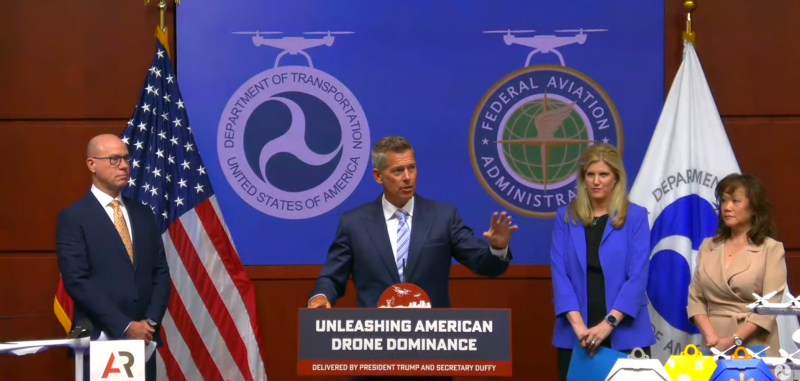
As discussed at last week’s AUVSI Drone and AAM Policy Symposium, frustration had been growing throughout the sector over frequent delays and missed deadlines around the release of this NPRM. Under these proposed rules, operators will have clarity around regulations and standards to perform BVLOS operations without having to go through the extensive waiver and exemption process.
“Our new rule will reform outdated regulations that were holding innovators back while also enhancing safety in our skies,” said Secretary Duffy.
"Normalizing BVLOS flights is key to realizing drones’ societal and economic benefits," said FAA Administrator Bryan Bedford in a statement. "Package delivery, agriculture, aerial surveying, public safety, recreation, and flight testing are just some of the uses we expect to see as we enable these innovative technologies while maintaining the safety of our National Airspace System.”
While the extensive NPRM includes myriad details about all of the ways drone operators and others utilizing airspace will be affected by these proposed rules, the fact sheet sheds light on a few important takeaways. For instance, the NPRM states that all operations must occur at or below 400 feet above ground level and originate from pre-designated and access-controlled locations. Furthermore, all operators will require FAA approval for the area in which they intend to fly, with pre-identified boundaries and the approximate number of daily operations.
This NPRM also calls for all drones to include detect-and-avoid capabilities, with all aircraft to have lighting and to broadcast Remote ID. Furthermore, the rules present a maximum aircraft size of 1,320 pounds, including all payloads, but without requiring traditional FAA airworthiness certificates. Instead, the fact sheet states, “this rule would establish a process for accepting the airworthiness of an aircraft based on industry consensus standards.”
Following Tuesday’s unveiling of the NPRM, the public will have a 60-day commenting period in which individuals, organizations, and advocacy groups will have the opportunity to provide feedback on the proposed rules in the Federal Register. Industry experts stress the importance of participation in this period, as the FAA is required by law to take each comment into account, with these comments shaping any revisions that may come to this NPRM for the final rules. The FAA notes that this comment period will not be extended.
Speak with industry colleagues about this new rules proposal and learn about their implications for your industry at next month's Commercial UAV Expo.




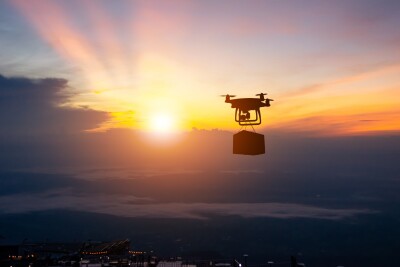
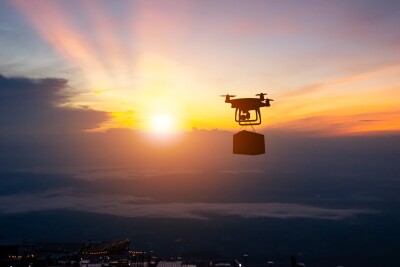

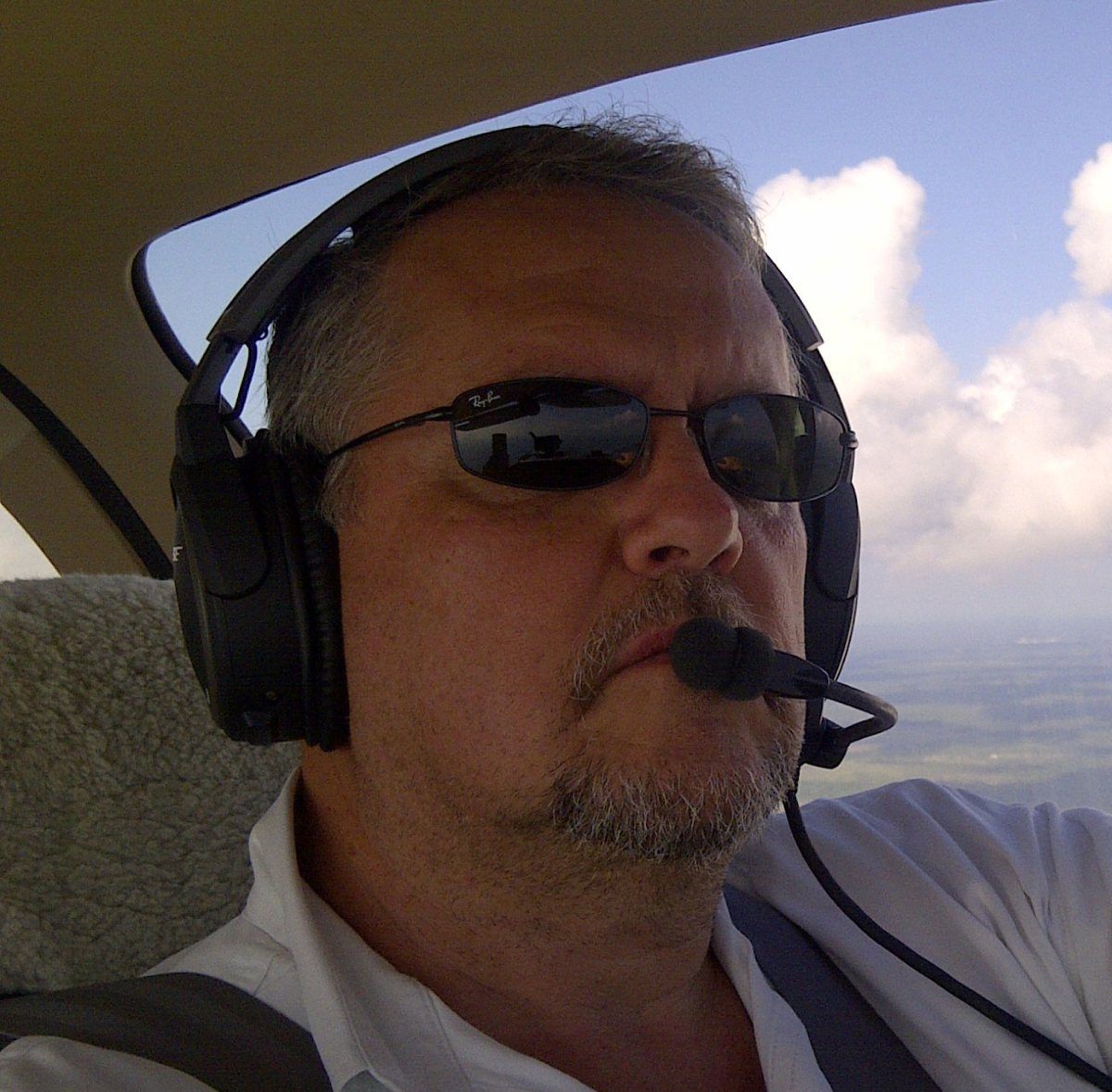




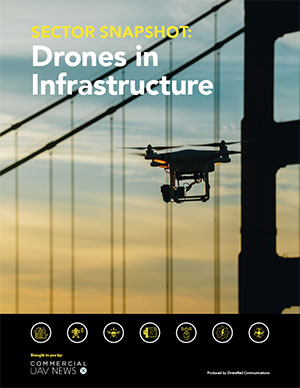
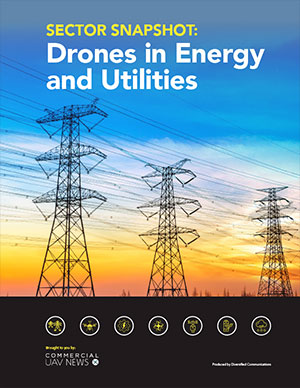

Comments